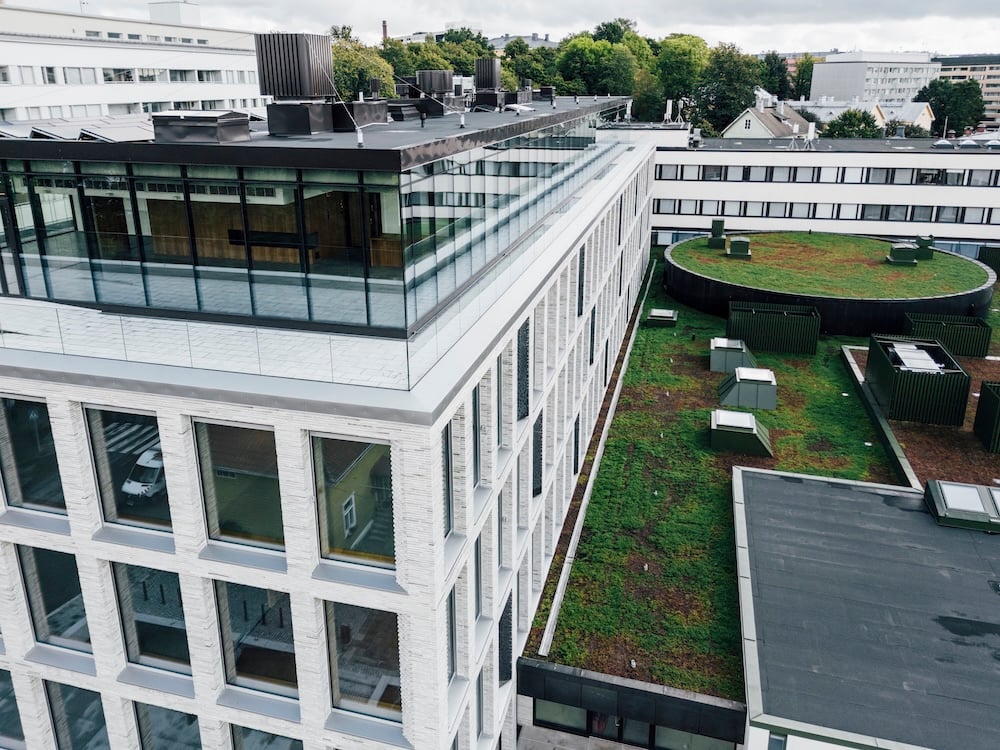
Åbo Akademi Astra campus
The stormwater drainage from the versatile roof and courtyard areas of the renovated Astra campus was implemented using Peltitarvike's channel drains and other drainage products.
Falls guide rainwater and stormwater from flat roofs and paved areas to drains or channel drains so that the water does not flow and pool in the wrong places. A functioning rainwater and stormwater drainage system protects structures from water damage and ensures the liveability of the environment.
The design and implementation of stormwater drainage systems can be facilitated by customisable solutions. In particularly demanding applications, flexible design and compatibility of products are essential to make the system as functional as possible. Flexible solutions are useful for both the HVAC designer and the installer. In Peltitarvike's comprehensive and adaptable product selection, you will find solutions for stormwater drainage of flat roofs, inverted structures, courtyards and terraces.
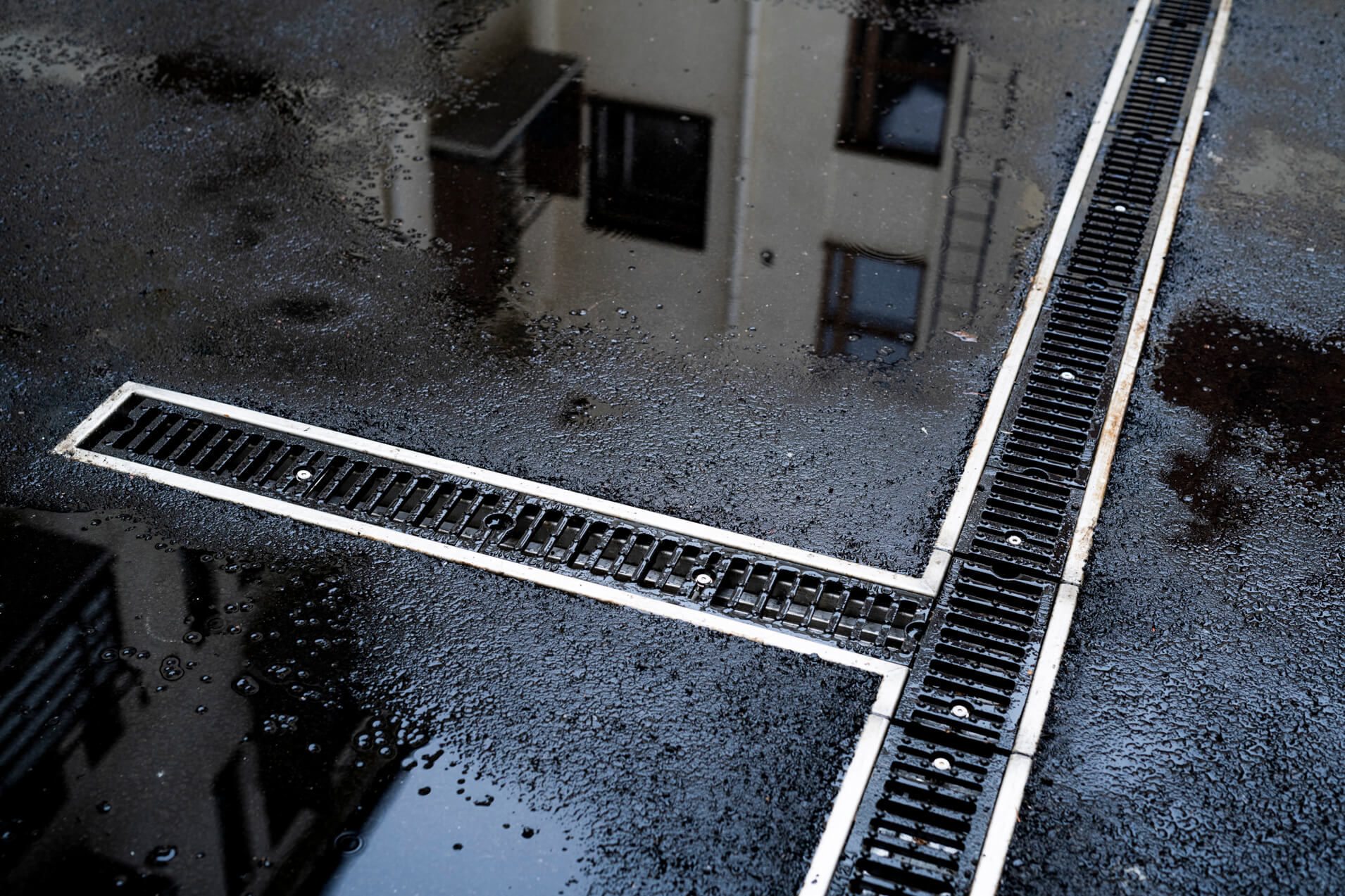
All water falling on a flat roof is directed by the roof's slope into the roof drains and from there into the rainwater drainage system. The roof drain grate prevents leaves and debris from entering the drain, allowing for a high water flow. Roof drains should be inspected and cleaned regularly, as inadequate maintenance can lead to clogging of the drains. Each roof, which is drained through the roof drains, must also have at least one scupper. The scupper directs the water from the roof to the outside of the wall structure if the roof drains become clogged.
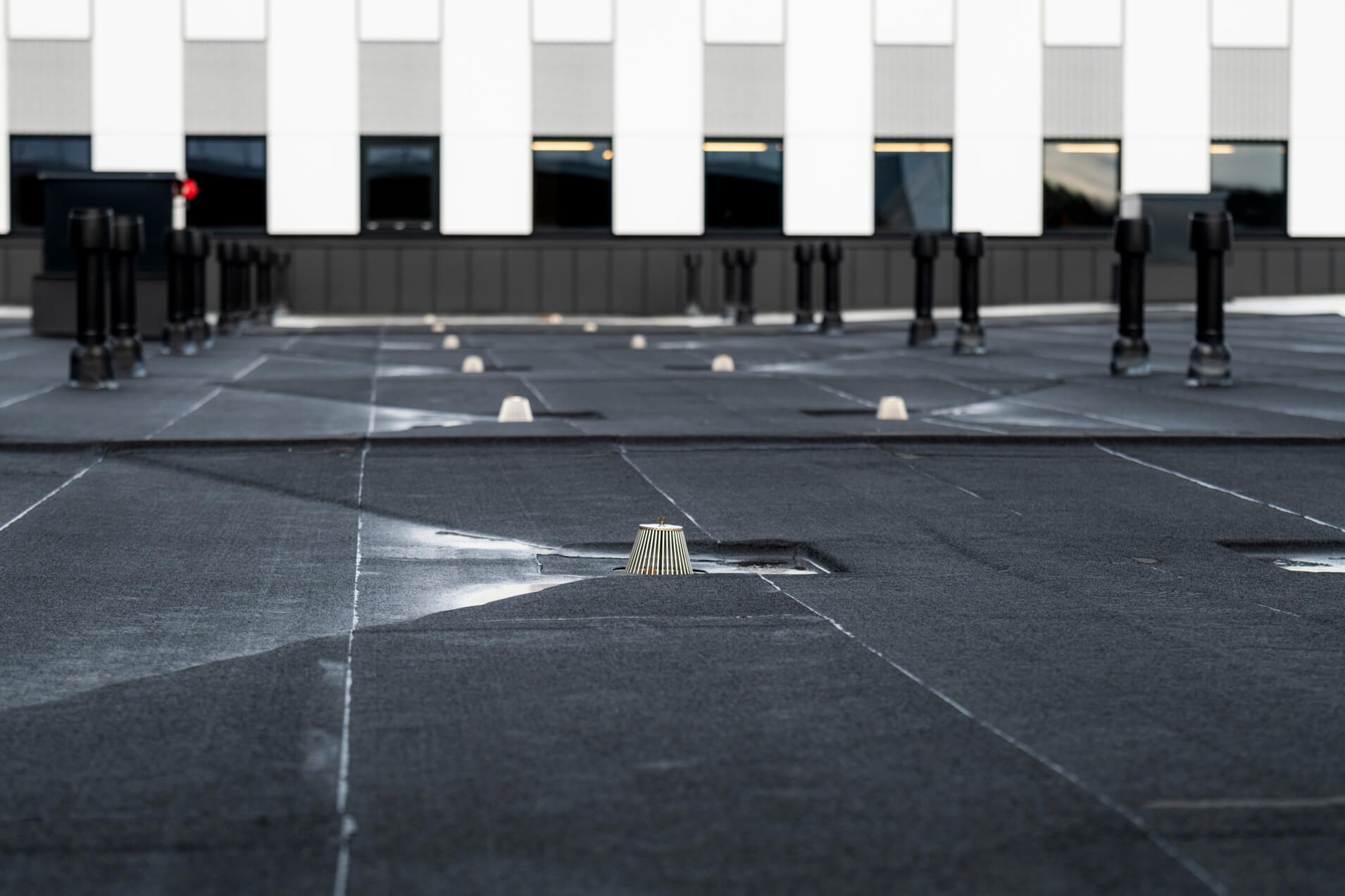
The structure of thermally insulated paved areas and terraces is almost exclusively an inverted solution. In this case, the waterproofing is protected from mechanical stress, snow and ice under the thermal insulation. A cast-in-place concrete slab or a slab structure made of elements is usually the base of the inverted structure. The necessary falls are made by casting concrete before waterproofing.
In inverted structures, specially designed inverted structure drains are used for stormwater drainage. The inverted structure drain connected to the waterproofing is always used together with a site-specific screen structure that collects surface water. In inverted structures, drains, screen structures and channel drains can be used together to build a whole stormwater drainage system.

One of the characteristics of a functioning environment is that the living areas and passageways remain as dry as possible, regardless of the weather. Water and slush cannot accumulate in the wrong places when rainwater and stormwater drainage is carefully planned and implemented. Stormwater, especially from asphalted and other paved areas, should be directed in a controlled manner to yard drains or channel drains so that the water does not pool. In an urban environment, a functional and discreet solution for surface water removal of courtyards, car parks and pedestrian areas is provided by channel drains. A carefully designed stormwater drainage system protects roads and buildings from water damage and ensures the functionality, durability and comfort of the areas.
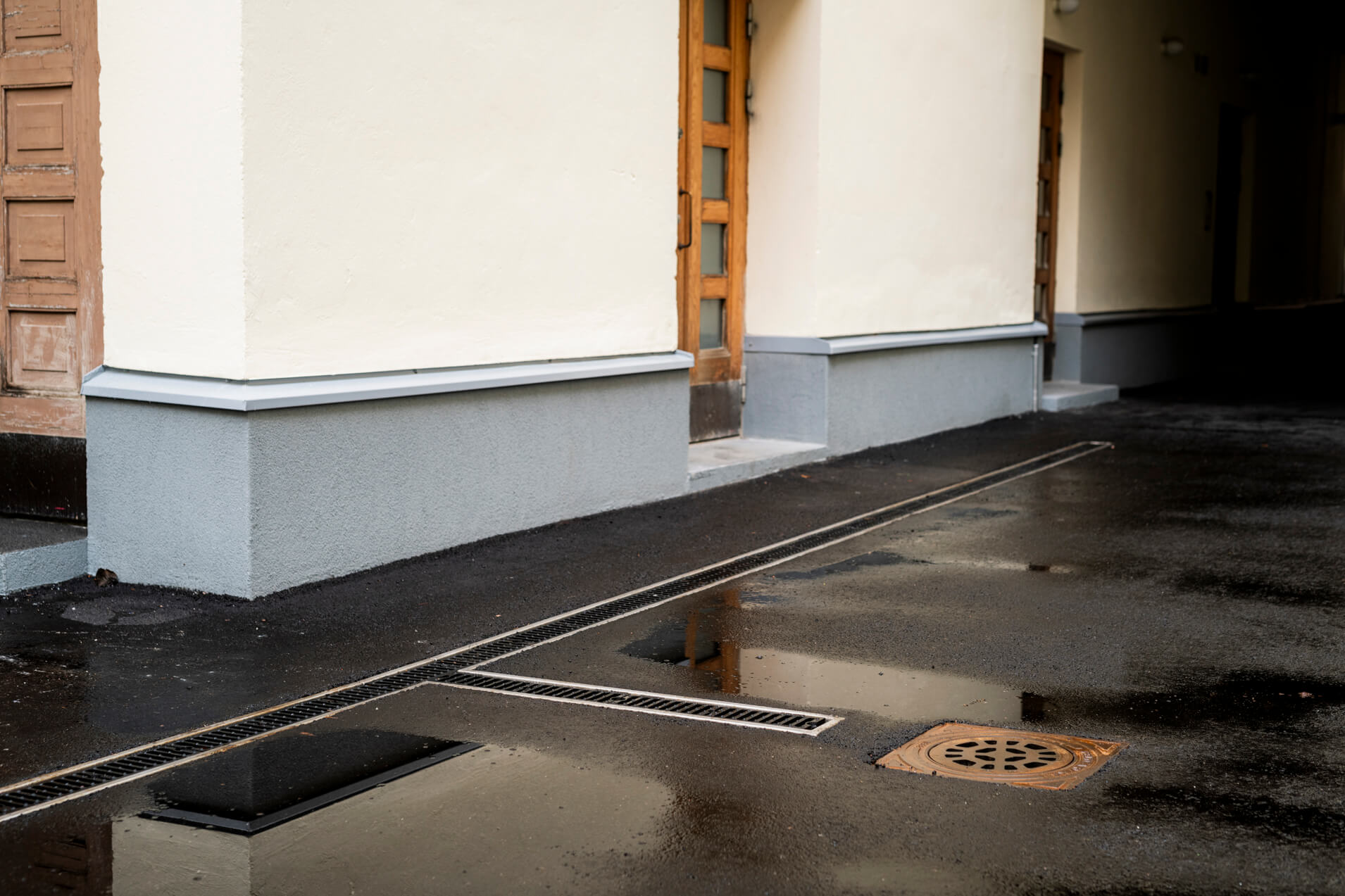
Effective stormwater drainage is the basis for the functionality of the terrace and the durability of the structures. With channel drains, the water accumulated on the surface of the terrace can be directed in a controlled manner to the stormwater drainage system. Carefully designed surface water removal extends the life of the terrace and improves comfort.
Liquid or spray-applied waterproofing membranes can be used for waterproofing the tiled surfaces of terraces and balconies. In addition to drains, surface water removal from these applications can be implemented with channel drains such as DryLine® Spa, which are designed to be compatible with liquid waterproofing membranes.
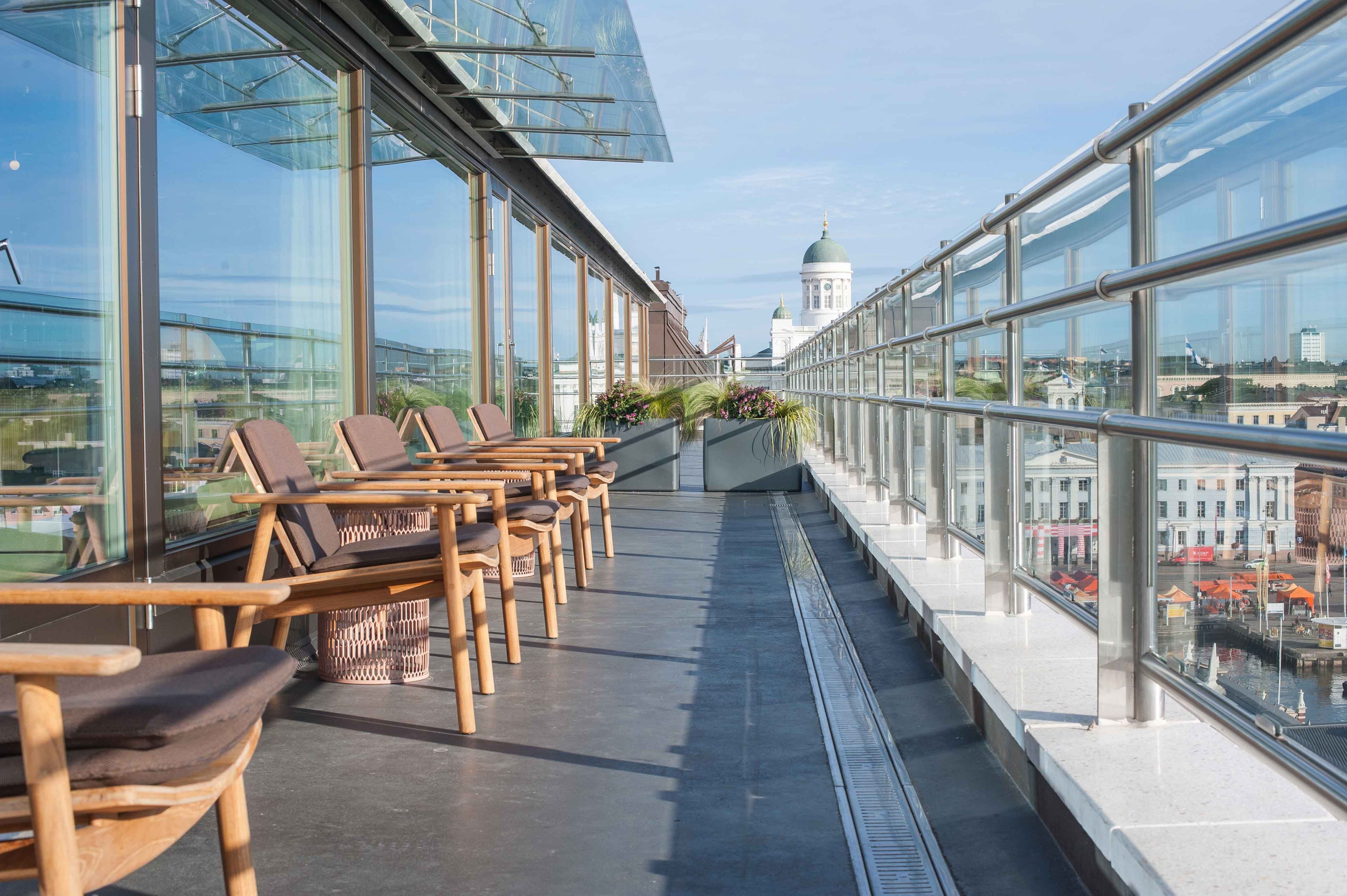

The stormwater drainage from the versatile roof and courtyard areas of the renovated Astra campus was implemented using Peltitarvike's channel drains and other drainage products.
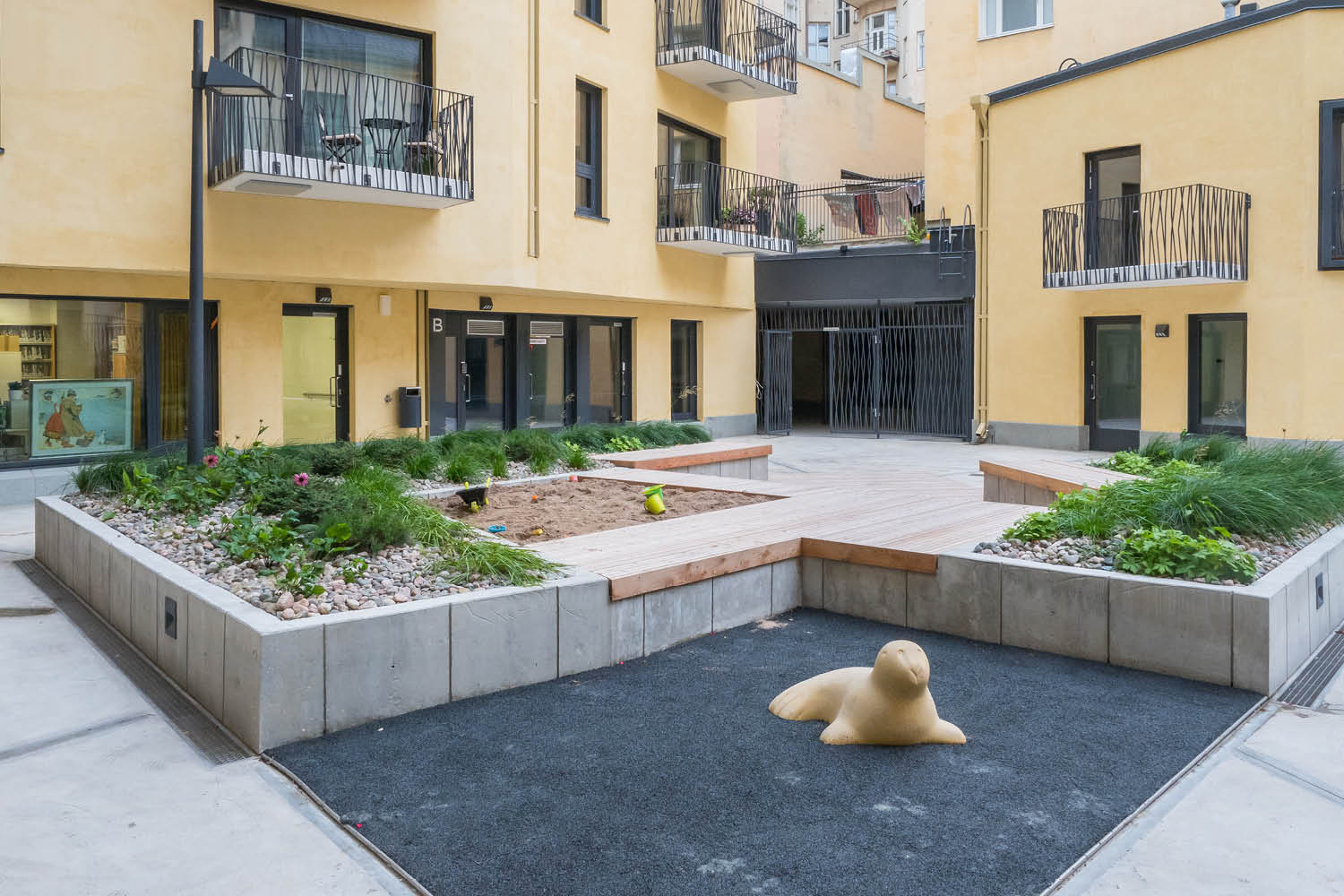
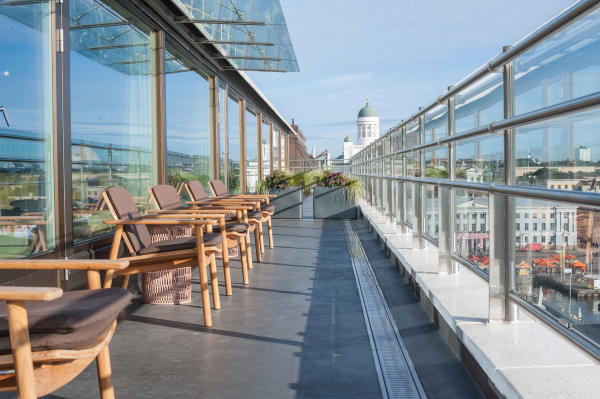

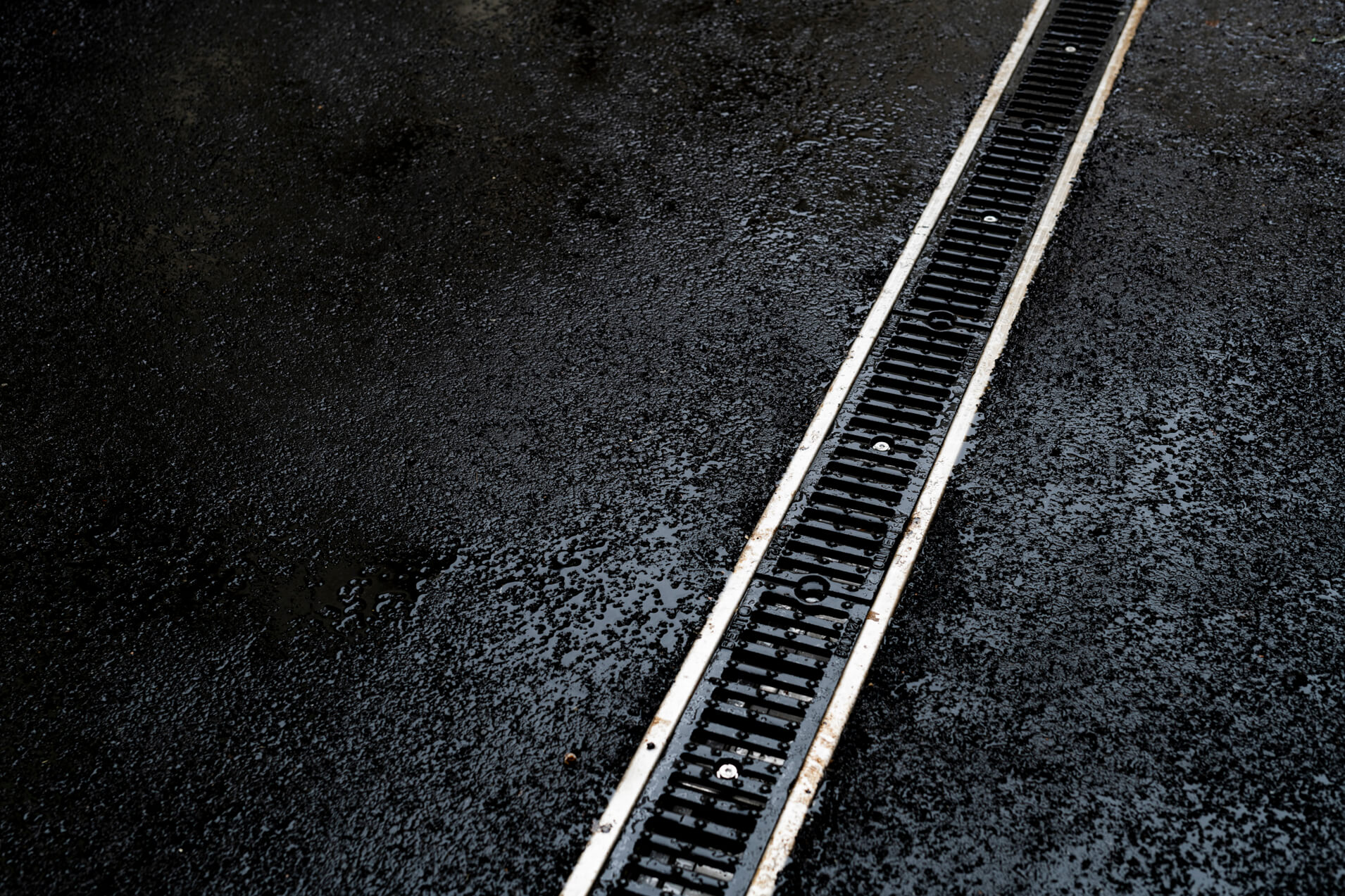
You must give consent first to display media.